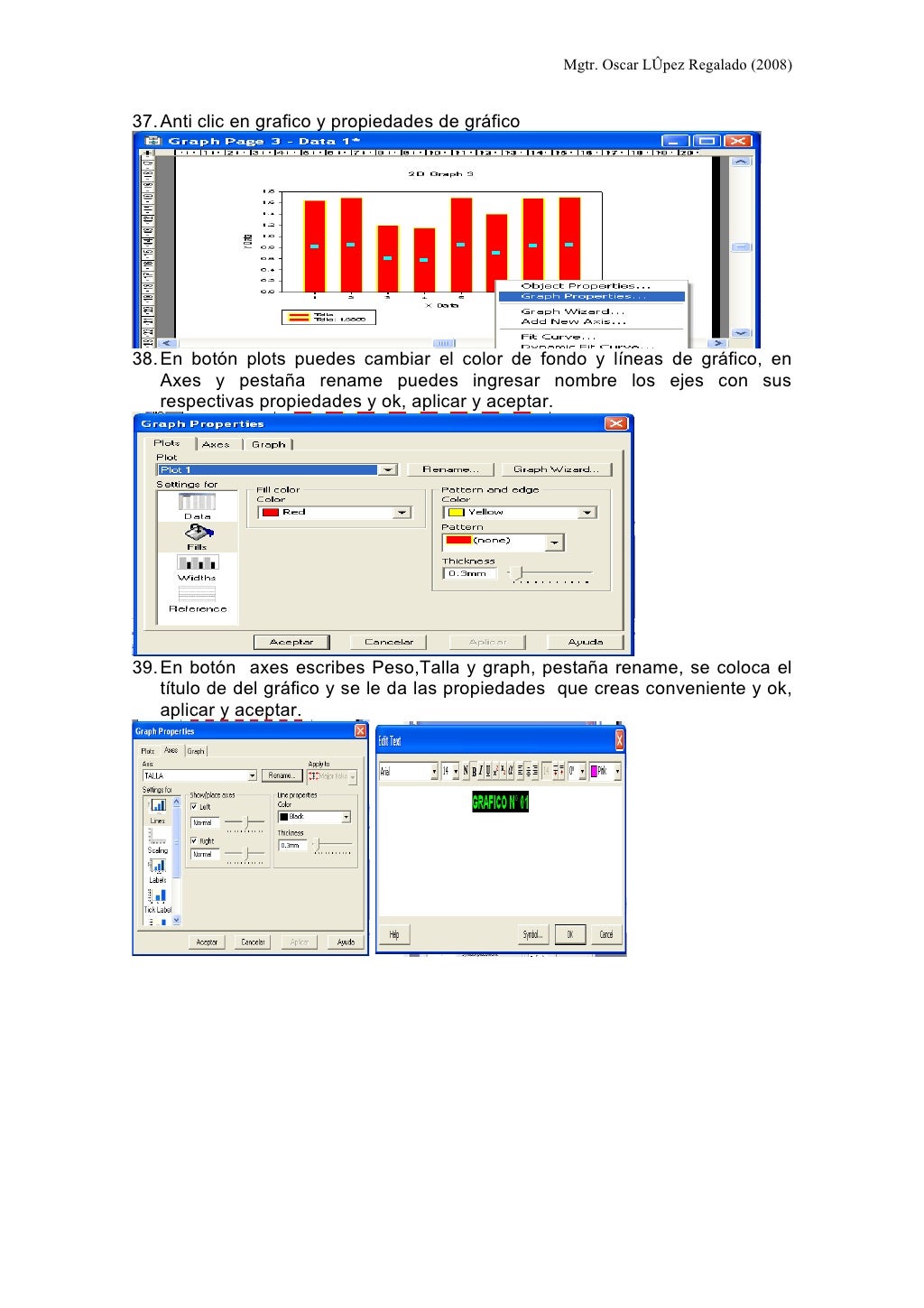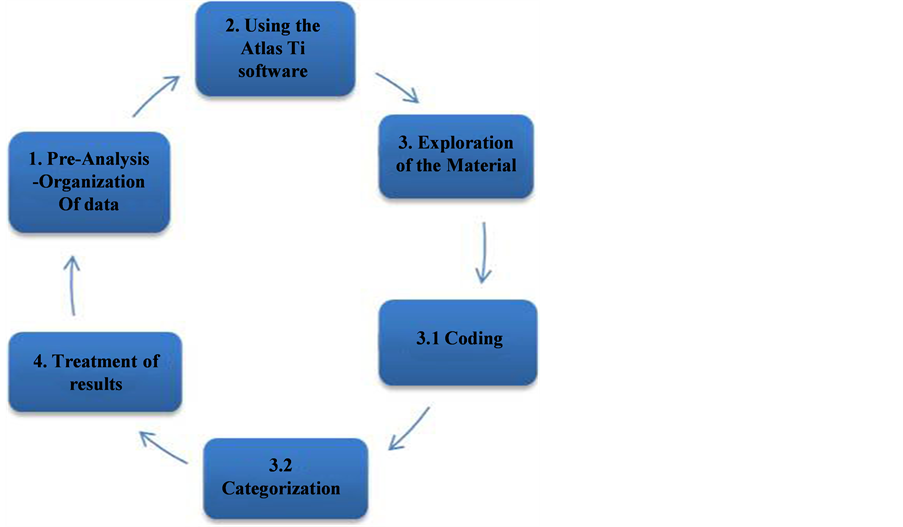
- Atlasti tutorial happiness data how to#
- Atlasti tutorial happiness data software#
- Atlasti tutorial happiness data free#
Atlasti tutorial happiness data how to#
How to create weak-link network? Right click on the code and choose Open network In new windows, right click on the code and select Import common Neighbors from Import Neighbors. 2) Strong Link: Graphic representation of a semantic type linking codes to codes (quotations to quotations) through specific meaning- researchers understanding of the problem. There are 2 types of network links: 1) Weak-Link: linkages between elements created through the normal analytical process. Connect codes to codes and quotations to quotation through meaning and sometimes P-Docs.


Network Views A smart way to visualize your analysis. Memos can be linked to codes, quotations, and even other memos. How to create Memos? Spaces for reflection, analysis, integration, and interpretation.
Atlasti tutorial happiness data free#
Right click on a selected area and select create free quotation or select in the shortcut bar located in the left side. Later on, the proper code for them will be created. How to create Quotations and free Quotations? Quotation Segments of the text selected by researcher or auto-coding.Create Free Quotation Free quotations are those quotations which are not linked to a code. How to apply Auto coding to search and code a specific word? 20.

How to apply Auto coding to search and code a specific word? 19. How to create Codes and Quotations? Inductive Approach 18. How to create Codes and Quotations? Deductive ApproachOrright click on text -> Coding -> Select Code from list 17. How to create Codes and Quotations? The Inductive- Deductive approaches of codingExternal FrameworkGeneralizationDATA DATADeductiveInductiveYou are not forced into a deductive or an inductive approach. How to organize P-Docs into Families? 13. Allows to conduct rich comparative analysis. How to view different P-Docs? Loading up to four documents simultaneously. Always use Save copy Bundle after any change. Add Documents (Team library) => To do team work and trace the work of your colleagues. To add new P-Docs Add Documents (My library) => To do your owned work. Starting a project The first time you run the software, you will be promoted with a welcome HU by Atlas.ti Next time you run Atlas.ti, you will be promoted with the last saved HU Create a new folder for a project (anywhere on your computer) Move the original documents (they will be PDs) into the same folder Create an HU file in the same folder Save 8. Central Concept Primary Document (PD) A data file that can be assigned to a HU.SurveysPhoto, video, voiceInterviewPDs Archival researchFocus groupsObservation 7. Central Concept Hermeneutic Unit (HU) A database containing all data, quotes, codes, output, and so on that is associated with a research project.PDsNetworksQuotesHU FamiliesCodesMemos 6.
Atlasti tutorial happiness data software#
Download the latest version of software through: 5. ATLAS.ti consolidates large volumes of documents and keeps track of all notes, annotations, codes and memos in all fields that require close study and analysis of primary material consisting of text, images, audio, video, and geo data. The program provides tools that let the user locate, code, and annotate findings in primary data material, to weigh and evaluate their importance, and to visualize the often complex relations between them. The purpose of ATLAS.ti is to help researchers uncover and systematically analyze complex phenomena hidden in unstructured data (text, multimedia, geospatial). What is Atlas.ti? Atlas.ti is a computer program used mostly, but not exclusively, in qualitative research or qualitative data analysis. Quantitative Qualitative research A focus on Text Action research Case study researchLaboratory experimentsEthnographySimulation Mathematical modelingSemiotics Analyzing DataSurveysGrounded theoryResearch MethodsQuantitative research A focus on numbersSEM (CB or PLS)Discourse analysisStatistical analysisHermeneuticsEconometricsNarrative and metaphorSource: Michael D.

BENEFIT It allows a researchers to See and Understand the Context within which decisions and actions take place.Qualitative researchers argue that if you want to understand peoples motivations, their reasons, their actions, and the context for their beliefs and actions in an in-depth way, qualitative research is best (Michael D. The social and cultural contexts within which people live. Why do Qualitative research? Qualitative research methods are designed to help researchers understand: people and what they say and do.


 0 kommentar(er)
0 kommentar(er)
